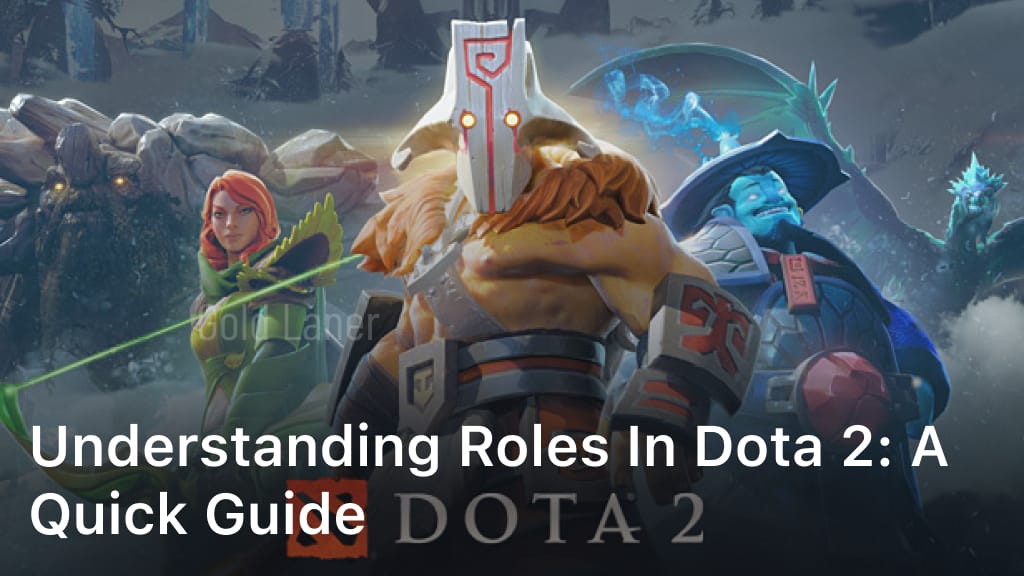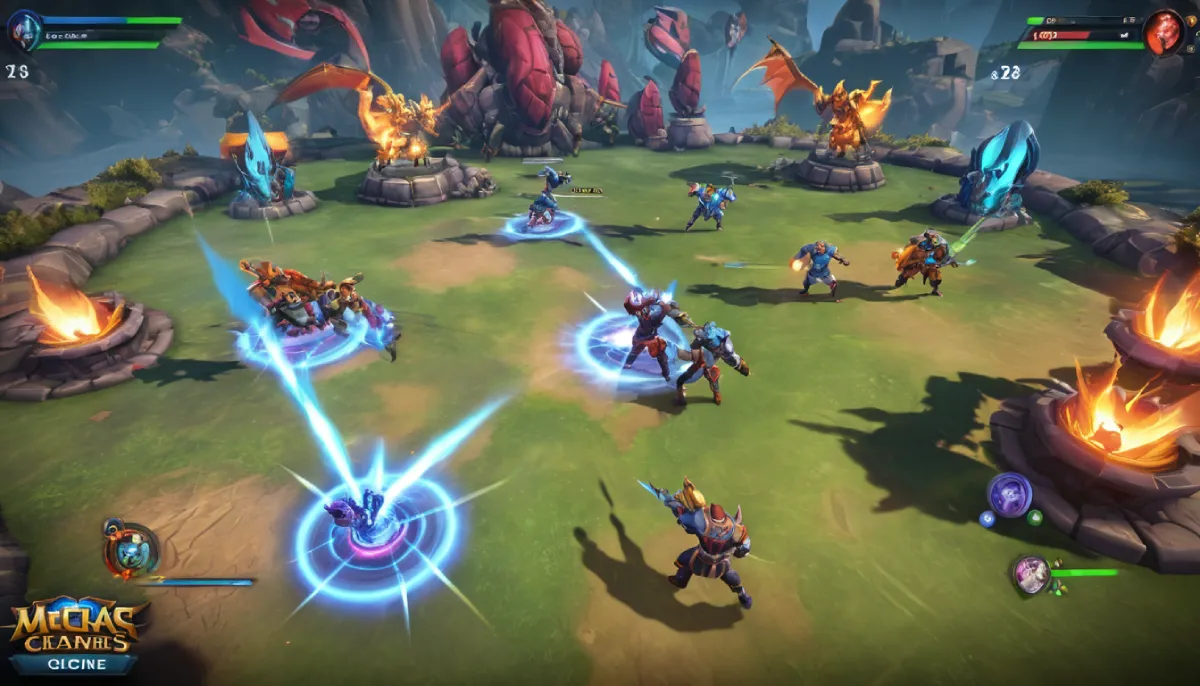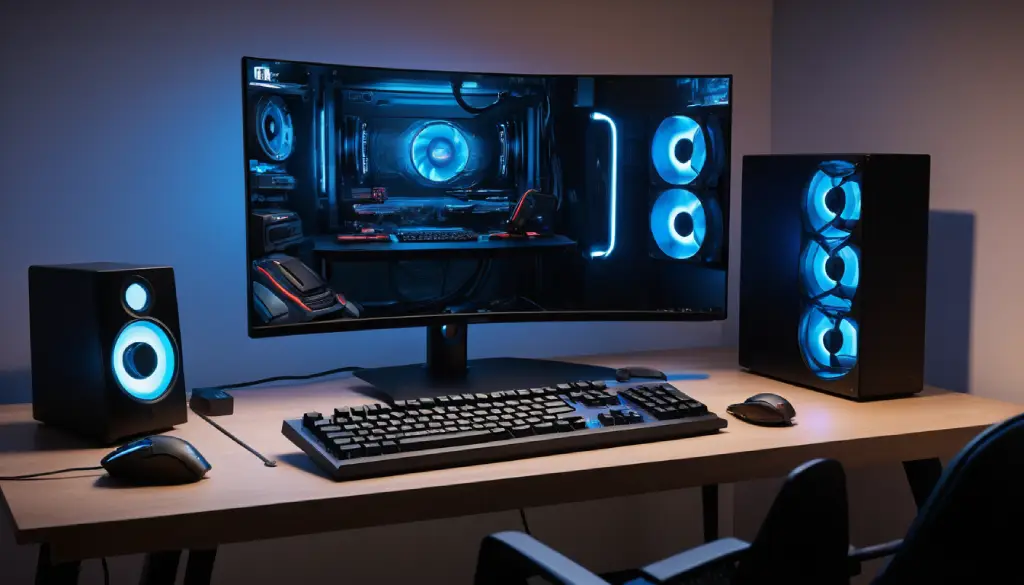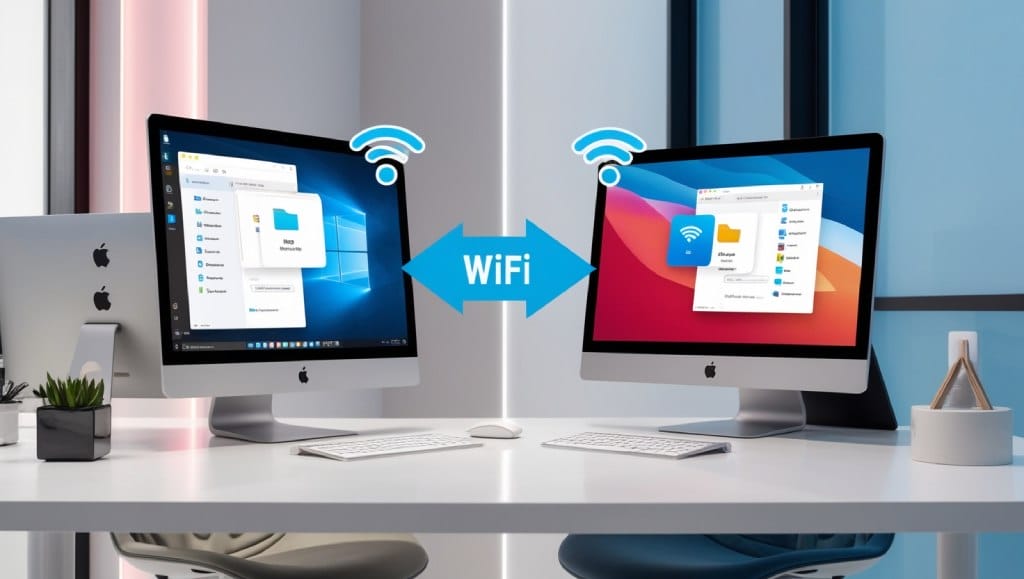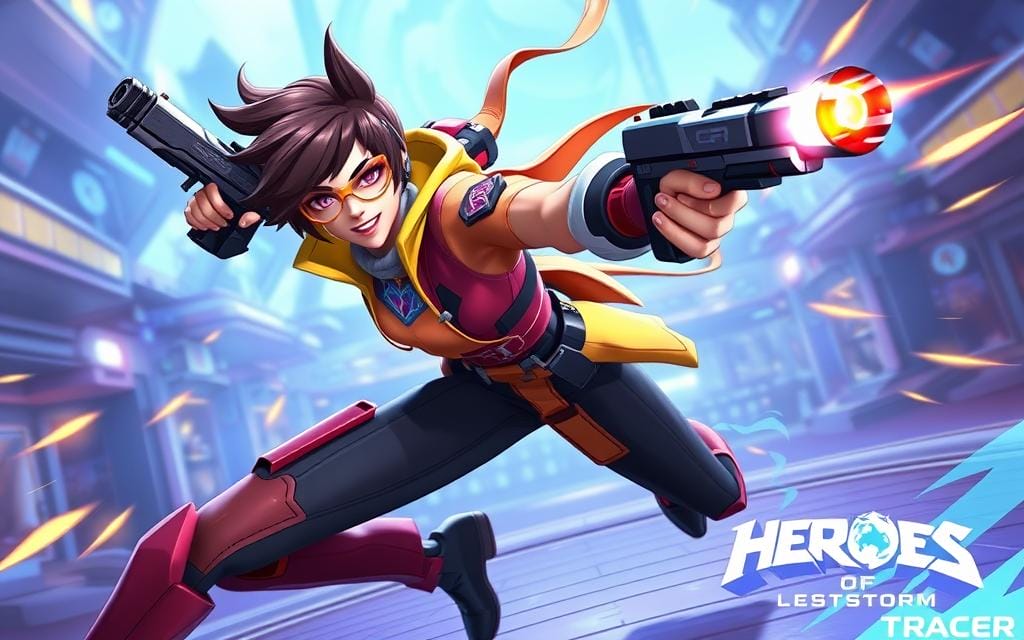Welcome to our quick guide to understanding the roles in Dota 2! In this article, we will explore the different hero roles in the game and discuss the importance of having a solid grasp of them. Understanding the roles in Dota 2 is crucial for effective teamwork and strategic gameplay. Additionally, we will touch upon the position system and how it influences the dynamics of each match. In Dota 2, each hero has a distinct role to play, whether it’s dealing heavy damage, dominating the middle lane, disrupting the enemy’s carry, supporting the team with utility, or providing vision and survivability. Knowing the strengths and responsibilities of each role will greatly enhance your gameplay and contribute to your team’s success. Throughout this guide, we will delve into each role in depth, providing insights into hero choices, playstyles, and strategies. Whether you prefer taking on the role of a hard-hitting Carry, dominating the Midlane, surviving and disrupting as an Offlane player, supporting with utility as a Soft Support, or providing essential item support as a Hard Support – we have got you covered! So, if you are ready to sharpen your skills and elevate your Dota 2 gameplay, let’s dive into the world of hero roles and the position system in Dota 2! The Carry Role in Dota 2 The carry role in Dota 2 plays a crucial role in determining the outcome of games, particularly in the late stages. A carry is responsible for dealing high amounts of damage and carrying the team to victory. To excel in this role, players must understand their key responsibilities, adopt the appropriate playstyle, and make wise hero choices. Key Responsibilities: Farming: Carry players prioritize farming to accumulate gold and experience, ensuring they have the items and levels necessary to deal substantial damage. Dealing Damage: Carries focus on eliminating enemy heroes and structures using their high damage output. Objective Taking: Carries are instrumental in taking down Roshan, securing key objectives, and pushing into the enemy base. Playstyle: The carry role demands a patient and strategic playstyle. Carries often start the game in a relatively weak state, but as the game progresses, they become increasingly powerful. Carry players must prioritize farming, avoid unnecessary risks, and carefully choose their fights. They should prioritize taking down high-priority targets and protecting themselves from potential threats. Hero Selection: Selecting the right hero is essential for a carry player. Heroes with high damage potential, scaling abilities, and the ability to carry the game are typically preferred. Popular carry heroes in Dota 2 include Anti-Mage, Spectre, and Faceless Void. Each hero offers unique strengths and weaknesses that players must consider when making their selection. Mastering the carry role in Dota 2 requires a deep understanding of the game mechanics, hero synergies, and effective decision-making. By assuming this role, players can become the driving force behind their team’s success in securing victory! The Midlane Role in Dota 2 In Dota 2, the midlane role is crucial for securing early advantages and dominating the middle lane. Midlaners possess the skills and knowledge to outplay their opponents and exert pressure on the enemy team. To excel in the midlane, players need a combination of mechanical skill, map awareness, and decision-making ability. They must have a deep understanding of their chosen hero’s strengths and weaknesses, as well as the ability to exploit the enemy’s vulnerabilities. Hero choices in the midlane are diverse, with options ranging from assassins like Templar Assassin and Queen of Pain to spellcasters like Leshrac and Zeus. Each hero brings unique playstyles and strategies that midlaners can utilize to gain an advantage. Skills Required to Play Mid in Dota 2 Lane control: Midlaners must master last hitting and denying creeps to maintain a gold and experience advantage. Harassment: Effective midlaners know when and how to harass their opponents, putting them at a disadvantage. Gank awareness: Midlaners need to be constantly aware of potential ganks from the enemy team and take steps to avoid or counter them. Map control: Midlaners should utilize their hero’s mobility to control key areas of the map, securing vision and contributing to team objectives. Strategies for Dominating the Midlane To dominate the midlane, midlaners can employ various strategies: Aggressive playstyle: Some midlaners prefer to play aggressively, constantly pressuring their opponent and forcing them to play defensively. This approach aims to secure an early advantage and limit the enemy’s farm. Farming-oriented playstyle: On the other hand, some midlaners prioritize farming and accumulating gold and experience. They focus on efficient farming patterns and aim to scale into the late game as a formidable core. Rune control: Midlaners should contest and secure the various runes spawning every two minutes, using them to gain temporary advantages or set up kills in other lanes. Rotations: Skilled midlaners have the ability to rotate to other lanes, assisting their teammates and tipping the balance in favor of their team. In conclusion, the midlane role in Dota 2 requires a combination of skill, game knowledge, and strategic thinking. Midlaners possess the potential to dictate the pace of the game and provide a strong foundation for their team’s success. Mastering this role is essential for players who aspire to become proficient in Dota 2. The Offlane Role in Dota 2 The offlane role in Dota 2 is one of the most challenging and dynamic positions in the game. As an offlaner, your primary objective is to disrupt the enemy carry’s farm while simultaneously surviving in a lane that is often outnumbered. To excel in the offlane role, you need to possess certain unique characteristics. Firstly, resilience is key. You must be able to endure harassment and constant pressure from the enemy supports while still obtaining experience and gold. Additionally, adaptability is crucial as the offlane requires you to adjust your playstyle depending on the specific match circumstances. When it comes to hero options, offlaners tend to be versatile and self-sufficient. They possess crowd control abilities and tankiness to disrupt enemy farm and initiate team fights. Heroes like Doom, Tidehunter, and

